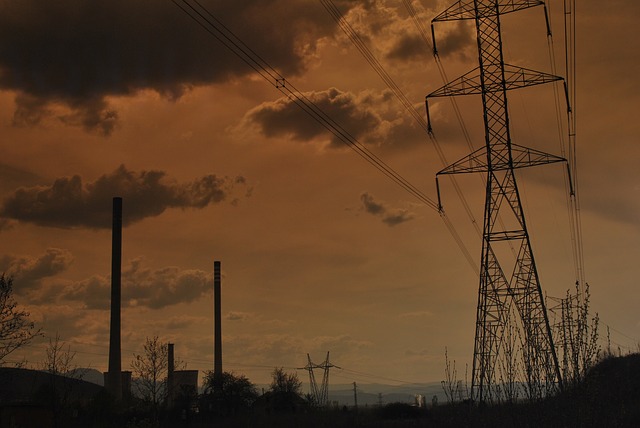
Matt Doll, Minnesota Environmental Partnership
This week the deeply divided U.S. Supreme Court announced a decision in West Virginia v. Environmental Protection Agency that dealt a major blow to the EPA’s ability to regulate carbon emissions from coal-fired power plants The decision by the conservative court majority sets the stage for further limitations on the regulatory power of other agencies.
West Virginia, along with several other states, argued that the EPA can’t use its authority under the Clean Air Act to regulate climate emissions from power plants. The states said that because Congress did not specifically name these emissions in the Clean Air Act, the EPA can’t make rules that would curb them. The EPA contended that Congress clearly delegates the power to make emissions rules to federal agencies, as generally happens with environmental law.
The 6-3 ruling interpreting the Clean Air Act will keep the administration from implementing the type of wide-ranging emissions-cutting plan the EPA tried to put in place during the Obama Administration. The decision also appears to point toward major new limits on agency regulations across the economy, limits of a kind not imposed by the court for over 75 years.
The Biden Administration has vowed to move forward with other efforts to curb power plant pollution. The President pledged to put the U.S. on track to cut carbon emissions in half by 2030. But there’s no doubt that this decision is a wrongheaded step backward at a time when the nation and the world can’t afford not to move ahead.
Power plants currently account for a little under a third of all U.S. greenhouse gas emissions. Fortunately, they’re one of the easiest sources to fix. Wind and solar power are now among the cheapest energy sources in history. Major utilities like Xcel Energy are developing plans to reach net zero sooner rather than later.
But if the EPA can’t target power plants, especially coal plants, for shutdown by regulating their carbon emissions, it becomes easier for fossil fuel backers to prop them up long past their usefulness. In the long term, that puts our livable climate and future of humanity at risk. In the short term, it means that more Americans, especially low-income and communities of color, will suffer from asthma attacks and other health threats, the very conditions the Clean Air Act was created to prevent.
The way forward
This wrench in the EPA’s plans doesn’t limit state action, however, and makes it all the more important that we act locally. States like Minnesota have had some successes in shutting down coal plants and preventing their replacement by dead-end pathways like fossil gas. But we still only get about a fourth of our electricity from renewables.
To reach our goals and protect Minnesotans from pollution we’ll need to build: more wind turbines, vastly more solar panels, energy storage, and an effective, resilient power grid. We’ll also need to target emissions sources larger than electricity generation, namely transportation and agriculture. We don’t need to rely on pipe dreams to replace coal and oil – most of the tools we need currently exist, as long as state leaders at the Legislature, Governor’s office, and Public Utilities Commission have the will to use them.
On a broader level, decisions like these, driven by ideology rather than science, call to question what can be done about the Supreme Court’s disregard of the facts. The Supreme Court is not composed of climate experts and yet seems determined to make its decisions without listening to expert agencies, like the EPA, and with no regard for scientific reality or public opinion.
Americans understood what they were supporting in 1963 when Congress passed the Clean Air Act, and in 1970 when they heavily amended it to give the federal government more authority. They saw dark clouds over their cities, choked on smog on the roads, and demanded action. Today, poll after poll shows that most Americans understand the threat of climate change and want action to end dirty energy.
At a time when both our climate and our democracy face crises like never before, we need to imagine bold solutions to protect the future of both.
For previous columns, visit mepartnership.org/category/blog/. If you would like to reblog or republish this column, you may do so for free – simply contact the author at matthew@mepartnership.org.